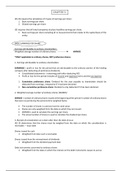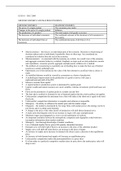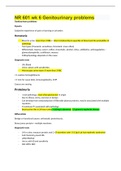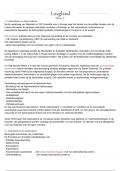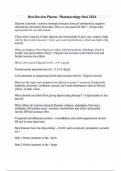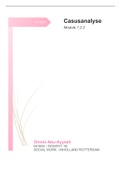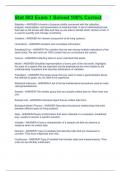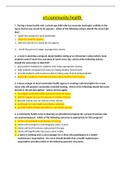Summary
Summary 1st TERM FINANCIAL ACCOUNTING NOTES
- Institution
- Stellenbosch University (SUN)
1st Term Financial Accounting 389. All the things you need to know and understand to pass Financial Accounting 389. These summaries also show how to fill in financial statements and so forth. These summaries are here to help you pass Financial Accounting.
[Show more]
